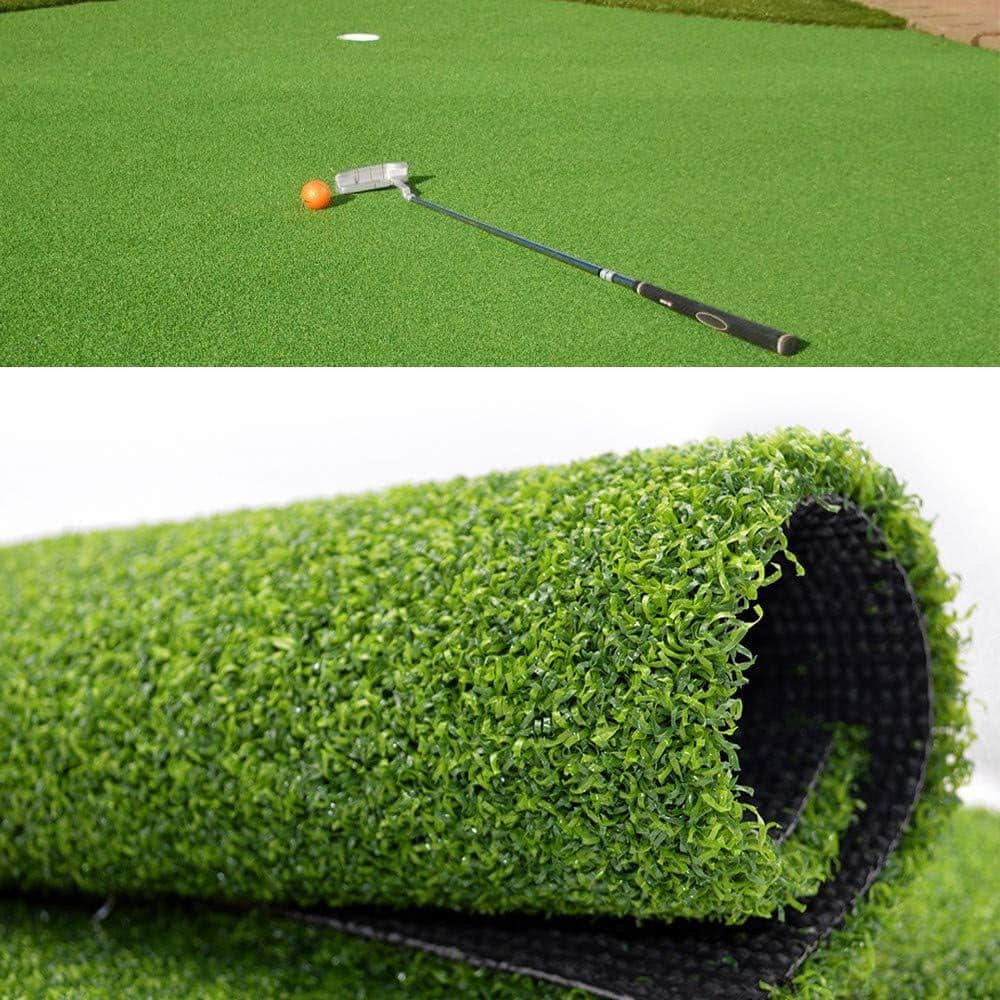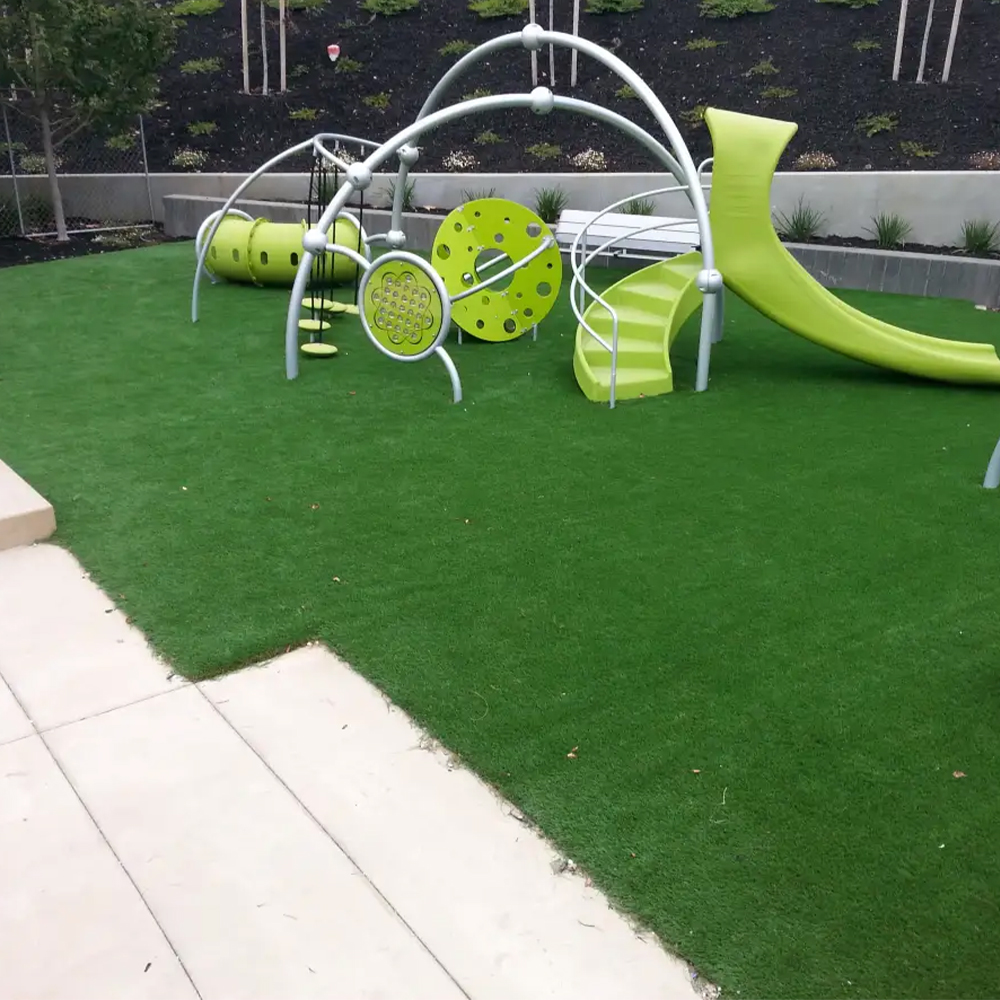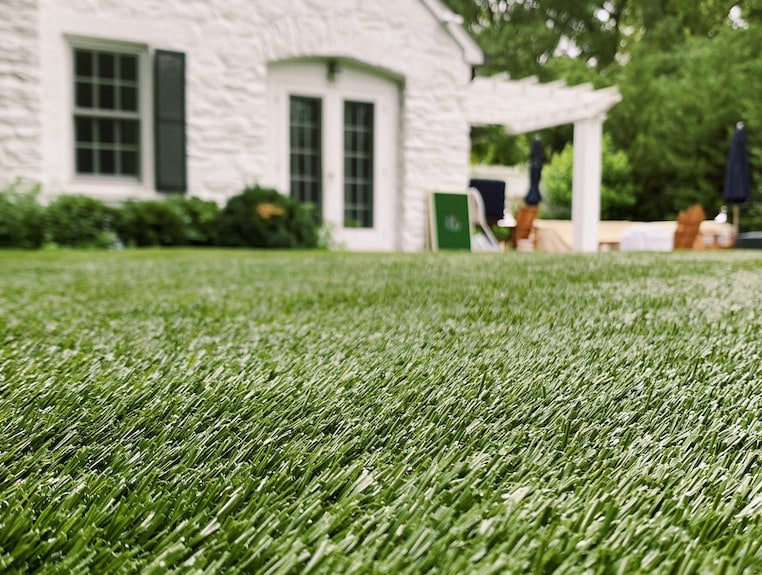See Why Homeowners Prefer Artificial Turf for Sustainable Landscape Design Practices
As home owners progressively focus on sustainability in landscaping, synthetic lawn has arised as an engaging option to conventional lawn. What stays to be explored is the complete scope of benefits that fabricated lawn can use to homeowners and the atmosphere alike.
Water Preservation Perks
Among the most considerable benefits of fabricated turf is its role in water conservation. Standard yard lawns require considerable quantities of water to keep their lavish appearance, usually resulting in overuse of regional water sources, specifically in deserts. In comparison, artificial turf eliminates this demand completely, as it does not need watering. This not just preserves water yet additionally lowers the strain on community water systems, particularly during dry spell conditions.
Additionally, the setup of man-made grass can contribute to a more sustainable landscape. Homeowners can significantly decrease their water costs, permitting reallocation of resources to various other ecological efforts or home uses. In addition, synthetic grass is created to endure various climatic problems without the requirement for additional watering, making it a perfect choice for regions encountering water shortage.
The environmental benefits prolong beyond prompt water cost savings. By decreasing water consumption, fabricated grass helps to minimize the effects of climate adjustment, protecting important communities that are threatened by extreme water extraction. As lasting landscaping techniques acquire grip, synthetic grass becomes an accountable selection for house owners seeking to produce environmentally friendly exterior areas.
Reduced Upkeep Initiatives
Synthetic grass substantially reduces maintenance initiatives compared to conventional yard lawns. With fabricated turf, homeowners can eliminate the taxing tasks related to all-natural landscaping, such as mowing, feeding, and weeding. This not just saves beneficial time however additionally decreases physical labor, making grass care available for people of all ages.
One of one of the most remarkable advantages is the lack of normal mowing. Conventional yards call for constant trimming to preserve a visually pleasing elevation, whereas synthetic grass continues to be continually lush without the need for cutting. Furthermore, home owners no longer need to apply fertilizers or chemicals, which are usually required to keep natural grass healthy. This shift not only lightens the workload however likewise promotes a neater, much more uniform appearance year-round.
Additionally, synthetic grass is resistant and sturdy, requiring minimal maintenance past occasional brushing and washing to eliminate debris. This ease of upkeep permits home owners to appreciate their outside spaces without the consistent concern of upkeep, giving even more time for leisure and family tasks. Eventually, the reduced upkeep efforts associated with synthetic grass make it an appealing alternative for those seeking a low-maintenance, visually appealing landscape.

Ecological Influence Reduction
There is a growing recognition of the ecological advantages related to artificial turf, particularly in terms of water conservation and decreased chemical use. Typical grass call for substantial quantities of water, especially in drought-prone areas, leading to increased strain on regional water sources. On the other hand, man-made grass gets rid of the requirement for watering, dramatically lowering water intake and advertising sustainability.
In addition, traditional yard maintenance typically includes the application of fertilizers, pesticides, and herbicides, which can add to dirt and water contamination. Synthetic lawn reduces this environmental threat by calling for very little upkeep and practically removing the requirement for unsafe chemicals. This not just improves soil health yet additionally safeguards local ecosystems from poisonous overflow.
In addition, the manufacturing of natural yard lawns generally includes making use of fossil fuels for trimming and landscaping equipment, more adding to greenhouse gas emissions. By selecting synthetic lawn, house owners can considerably decrease their carbon footprint related to lawn care tasks.
Aesthetic Allure and Adaptability
In addition to its ecological advantages, synthetic grass uses substantial aesthetic charm and adaptability for landscape design. Homeowners can accomplish a rich, eco-friendly look year-round, removing the seasonal variations commonly connected with all-natural yard. This regular visual not only enhances the aesthetic allure important source of a residential or commercial property however likewise adds to a sleek and properly maintained look.
Furthermore, synthetic grass is readily available in a variety of shades, appearances, and designs, allowing for customization to suit specific preferences and layout motifs - Turf installation phoenix az. Whether used in residential yards, business areas, or leisure areas, it can seamlessly incorporate right into diverse landscaping layouts, from modern-day minimalist to lush exotic setups
The adaptability of synthetic turf prolongs past plain appearance; it can be set up in different places, consisting of roofs, patio areas, and even interior spaces, developing chances for one-of-a-kind landscaping remedies. Furthermore, it appropriates for a range of tasks, from children's play locations to pet-friendly atmospheres, supplying capability without jeopardizing style.
Ultimately, the aesthetic charm and versatility of synthetic grass make it an appealing alternative for homeowners seeking lasting landscaping options that do not sacrifice appeal for environmental obligation.

Long-Term Price Cost Savings
Among one of the most compelling advantages of man-made lawn is its possibility for lasting expense financial savings. Unlike natural turf, which needs normal upkeep-- including mowing, watering, fertilizing, and pest control-- fabricated grass considerably minimizes these recurring costs. Homeowners can save a substantial quantity on water bills, particularly in regions where water deficiency is a pressing issue. The elimination of lawn care services additionally adds to financial cost savings, as there is no requirement for specific tools or labor.
Furthermore, man-made lawn has a life expectancy of 15 to 25 years, relying on its top quality and use. This sturdiness minimizes substitute prices, making it an extra economical option in the future. In addition, the preliminary investment in artificial grass can typically be recouped via the financial savings built up over time.
While the in advance cost may seem higher contrasted to sod setup, the collective financial savings from minimized upkeep and water use often surpass these preliminary expenses. Inevitably, the adoption of man-made lawn not only advertises a sustainable landscaping option but also uses homeowners a financially savvy option that aligns with long-term budgeting goals.
Verdict
Man-made lawn emerges as a compelling alternative for lasting landscape design, providing substantial benefits in water conservation, lowered maintenance initiatives, and decreased environmental influence. As communities increasingly focus on eco friendly practices, the fostering of synthetic turf represents a modern step toward accomplishing lasting and durable landscapes.
In addition, fabricated turf is developed to withstand various climatic conditions without the requirement for supplemental watering, making it an ideal choice for regions facing water shortage. (Artificial turf companies phoenix)

Artificial turf emerges as an engaging alternative for sustainable landscape design, using considerable benefits in water conservation, decreased maintenance initiatives, and lessened ecological impact.